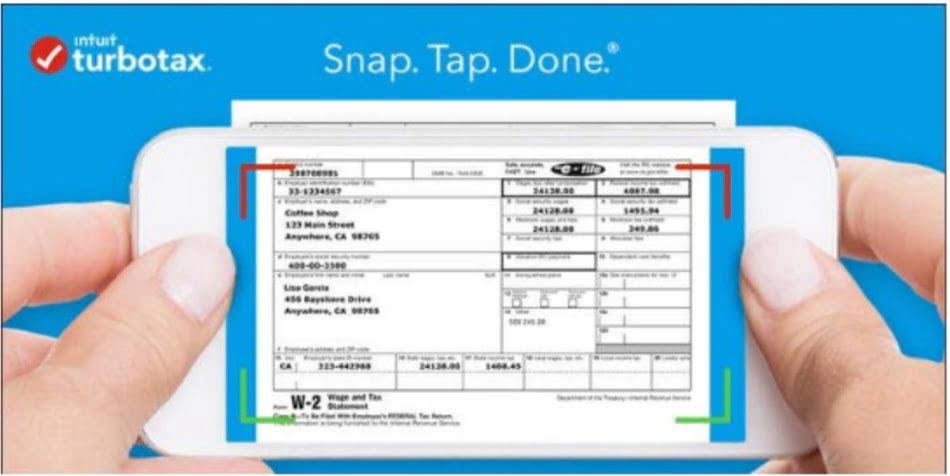
Incremental cost, also known as marginal cost, is a key concept in managerial accounting and financial analysis. It refers to the additional cost incurred when producing extra units of a product or service. Understanding how to accurately calculate incremental costs is important for making sound business decisions. Several factors can influence incremental costs, and it is crucial to consider them when analyzing different options. These factors may include changes in production volume, material costs, labor expenses, overhead costs, and any other relevant cost drivers.
Understanding Incremental Cost
In summary, incremental cost isn’t a mere line item on a balance sheet; it’s a compass guiding us through the labyrinth of choices. Whether you’re a business leader, a student, or an everyday decision-maker, understanding and leveraging incremental cost empowers you to navigate complexity with clarity. The negative $25,000 incremental cost signals that outsourcing would reduce production costs by $25,000 for this volume. Here the $20,000 incremental cost reveals how assets = liabilities + equity much extra the premium feature addition will cost in total across 1,000 product units. For instance, evaluating expanding monthly production from 10,000 units to 15,000 units means the incremental change is 5,000 units.

Calculating Incremental Variable Costs
Failure to consider incremental costs may lead to overproduction, which could negatively impact profitability. Suppose a manufacturing company is contemplating expanding its production capacity. By incorporating incremental cost analysis, the company can assess the additional expenses involved in increasing production and compare them with the expected increase in revenue. This analysis helps in determining the feasibility and profitability of the expansion. Incorporating incremental cost Certified Bookkeeper in business strategies can bring numerous benefits and enhance decision-making processes.
How to calculate incremental cost

But the incremental benefit—customer retention and word-of-mouth marketing—far outweighs this cost. Suppose a software company is considering adding a new feature to its product. Simultaneously, the incremental benefit includes increased user satisfaction, potential new customers, and competitive advantage. From an economic perspective, incremental cost embodies opportunity cost—the value of the next best alternative foregone. The incremental cost includes not only the flour, butter, and labor but also the potential revenue lost by not using the same resources elsewhere (e.g., making baguettes). A incremental cost notable example is the long-run incremental cost of lithium, nickel, cobalt, and graphite as important raw materials for creating electric vehicles.

Can incremental cost help identify optimal production levels?
Managers can consider analyzing past financial reports, direct labor and overhead expenses, among other areas covered over time in performing this task. To calculate Incremental Cost, one must subtract the Baseline Cost from the total cost of a project or product that includes new changes. It is essential to note that understanding both costs’ composition is critical in achieving accurate calculations.


No Responses